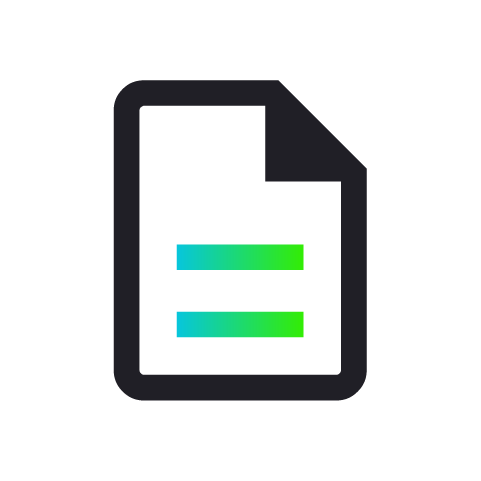- ConsultancyProcurement TransformationSourcing and Managed ServicesCost OptimisationSupply Chain ManagementSustainable Procurement
- Frameworks & DPS
- Commercial Procurement
- Technology
- Resources
- Why Inprova
- Contact Us
Get more information
Key to successful partnerships – Be honest and stand by what you say.
In the quest for the ‘perfect’ partner, procurement teams often focus on cost, services, added value, and alignment with business policies and processes. However, the formal, written tender process can sometimes overlook the practical and operational aspects, making it challenging to implement and embed the contract effectively. Many organisations spend the first year of the contract just to get the delivery into a state of business as usual. This has significant implications for the bottom line. According to research by the World Commerce & Contracting (formerly IACCM), poor contract and supplier management can cost businesses up to 9% of their total income. Can you afford to throw that money away?
Here are eight top tips to get the most out of your supplier relationships:

An effective supplier and contract management process can cut through the prolonged bedding-in period and ensure value is delivered from go-live. Stakeholder engagement is key in any procurement process. Specifically, ensuring the actual contract manager is part of the process from the outset will help to raise key issues or concerns early on and alleviate common issues from go-live.

A strategic sourcing process helps customers capitalise on every step. Developing a robust mobilisation plan that can evolve over the course of the procurement process and into the award period, alongside good, regular communication throughout the mobilisation period, are all key to a smooth transition. Demobilisation of existing suppliers is also integral to run alongside any mobilisation plan to ensure a smooth and transparent exchange between incoming and outgoing suppliers.

Important for any relationship-building exercise is to find the key contacts, and the decision makers within the supplier organisation, this can be made easy with a contractor escalation list covering helpdesk to director level. This is essential to ensure you keep the responsible people for the contract as slim as possible to build and maintain relationships. As part of this relationship it’s fundamental to be open and honest in conversations, do not leave people open-ended with possibilities, and stick to strategic objectives. This will save time and motivation, focussing on what is important and building that trust between you and the supplier.

Segmentation is a vital and sometimes overlooked step in managing suppliers with most organisations using spend as a key indicator to guide their way through. This is a narrow view of the supplier landscape and following our segmentation toolkit will help assess suppliers in the supply chain on multiple factors. Once segmented following this process this opens a SWOT analysis of your supply chain, and ideas can be easily garnered from this toolkit. This will help again with the relationship building by taking a personal stake in the business of the supplier, but also feeds into your future meetings with purpose and category planning for the future.

Gathering feedback is essential throughout any contract lifecycle and is paramount for a long-lasting relationship between supplier and organisation, having a tool that can gather 360˚feedback is imperative to temperature check how the supplier is performing across the contract. It is important to note that as is human nature we like to criticise more often than praise so this needs to be monitored and praise highlighted equally to any negative comments. Equally, any valuable feedback should be shared, communicated and in some cases celebrated. Feedback should be delivered regularly with context and examples where relevant. They should also form an integral part of supplier meetings and discussion should be open and honest; suppliers love to hear feedback as it helps them improve as a business if managed correctly.

Once segmentation is complete, the right individuals are involved, and a good flow of information is established, the next crucial step is to conduct purposeful meetings. Many organisations mistakenly treat these meetings as mere formalities, but when managed correctly, they are invaluable. Effective meetings ensure that organisational objectives are met, targets are exceeded, and the motivation of involved staff is significantly enhanced. The key to successful meetings lies in having a clear agenda and effectively communicating the meeting requirements to the supplier.

The final piece of the jigsaw is the scorecard and planning, here you can visualise all your suppliers in an effective model that demonstrates who are your best and worst performing partners. Measuring them against a vast but consistent set of parameters that you can easily identify and measure, brings the whole piece together seamlessly. This can help feed back into the meetings, and the planning and drive the focus of the team. You can fairly assess who is doing well and not doing so well, immediately it will rank your supply chain and give key focus areas for your contract management team to focus on.

Last but not least, there is also the doing element of the relationship which is pivotal. Getting the right person is a huge part of this area, someone who acts with integrity, balance, honesty and above else can manage and build multiple relationships at all stakeholder levels is critical to success. Some organisations will have dedicated contract managers, and account managers, some will see it as a role of procurement teams and others tend to blend the role into a mixture which becomes diluted and not highly effective.
We have many solutions to help you manage your supply chain. To find out how we can support you with your procurements needs fill in the above form and a member of our team will be in touch.

